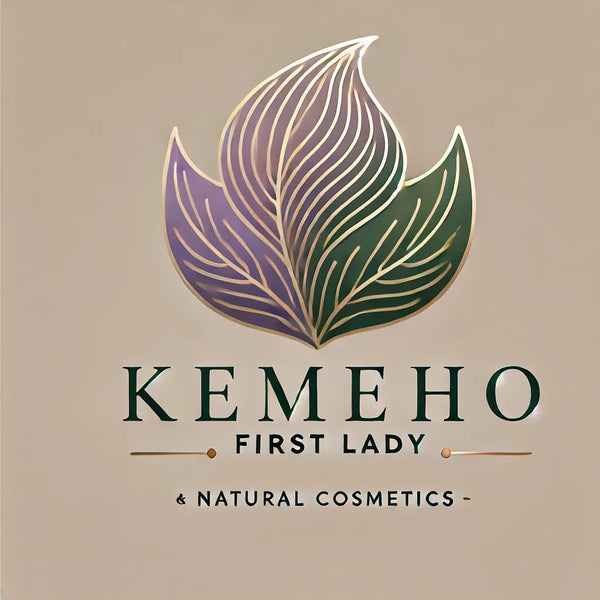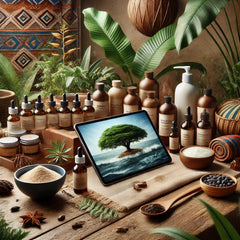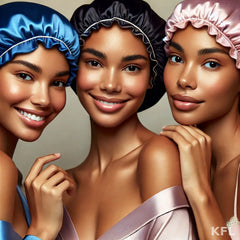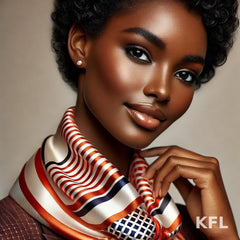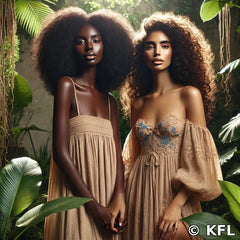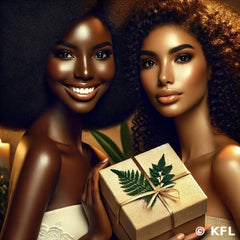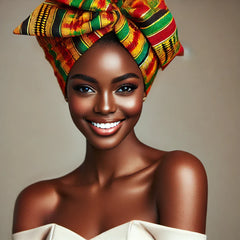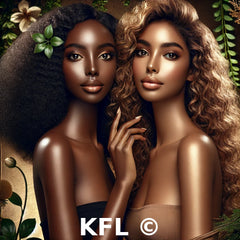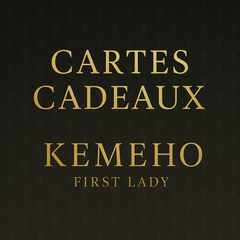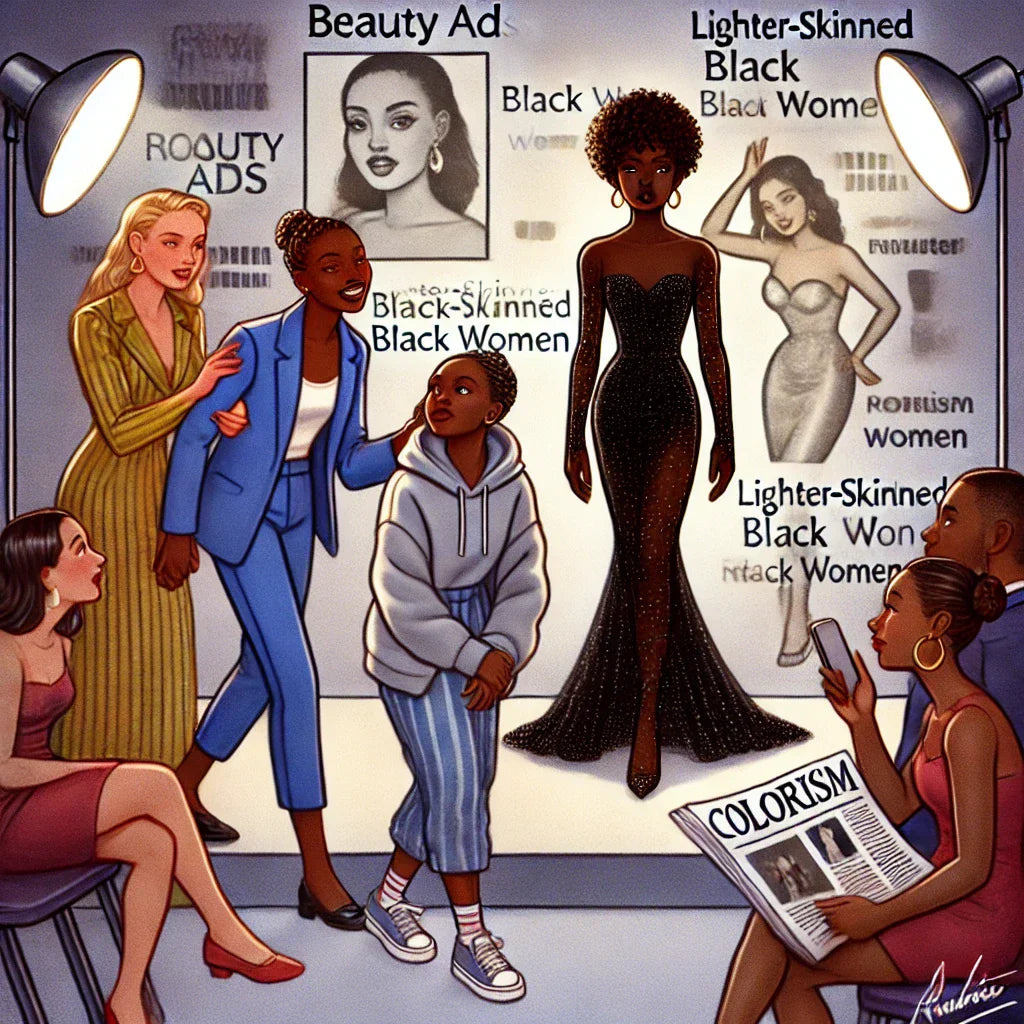
Why Do the Fashion, Cinema, and Music Industries Remain Stagnant?
Share Label
1. Pioneers: Naomi Campbell and Iman Bowie
In the 1990s, icons like Naomi Campbell and Iman Bowie broke barriers and paved the way for Black models and artists in the fashion and film industries. These women were the first to receive global recognition for their beauty, talent, and cultural impact. Naomi Campbell became one of the most iconic faces in fashion, while Iman Bowie was a leading figure for diversity in magazines and advertising campaigns. But over 30 years later, have things really changed?
2. A Setback in the Industries: Fashion, Cinema, and Music
While Black women were able to achieve some success in the fashion and film industries in the 1990s, progress has been slow and even seems to have regressed. Black women, especially those with dark skin, are still largely underrepresented. In cinema, leading roles for Black women remain rare, and when they are featured, they are often relegated to stereotypical roles. In fashion, diversity appears to be a marketing tool at certain times, but the actual visibility of Black women on runways and in advertising campaigns remains low.
3. Systemic Racism in Social and Economic Structures
A question arises: why does this change seem so slow, or even regressive? The power structures in Western societies, whether in fashion, cosmetics, or cinema, are often deeply rooted in systemic racism. Beauty standards are largely defined by European criteria, which exclude Black and mixed-race women. Companies know that “white beauty” sells better, and this is clearly influenced by a history of racism and colonialism that has shaped these industries.
4. The Myth of the Unprofitability of Black Beauty
It is often argued that Black women are not sufficiently marketable or commercial, a deeply rooted idea based on racial stereotypes. Large brands and industries sometimes claim that a Black woman does not fit the "universal" model that appeals to the majority of the audience, so this becomes an excuse not to invest in more inclusive representations. But this logic is a fallacy. Black women, particularly those with dark skin, represent a significant portion of the global market, and the demand for diverse beauty and fashion products is stronger than ever. The lack of inclusion is therefore an economic and ideological choice based on racial prejudice.
5. The Lack of Will to Change: Why Does This Exclusion Persist?
Radical change in these industries would mean a short-term loss of profits for some companies, which prefer to focus on a traditional market rather than invest in truly inclusive campaigns. There is still the persistent idea that a Black woman, especially a dark-skinned Black woman, is less attractive to Western consumers and that she does not fit what is seen as "beautiful" or "desirable." This system continues to exclude Black women by reducing them to an invisible minority, even though they have enormous potential in the global beauty, fashion, and cultural markets.
6. Conclusion: The Need for a Revolution in Beauty Standards
For things to change, there needs to be a radical shift in mindset, a revolution in beauty standards that values diversity and stops reducing Black women to stereotypes. Companies and industries must understand that Black beauty, in all its forms, is powerful and commercially viable. The issue of racism in these industries is not just about social justice but also about economic reality. It is high time to recognize Black beauty and fully include it in the entertainment and fashion industries.
